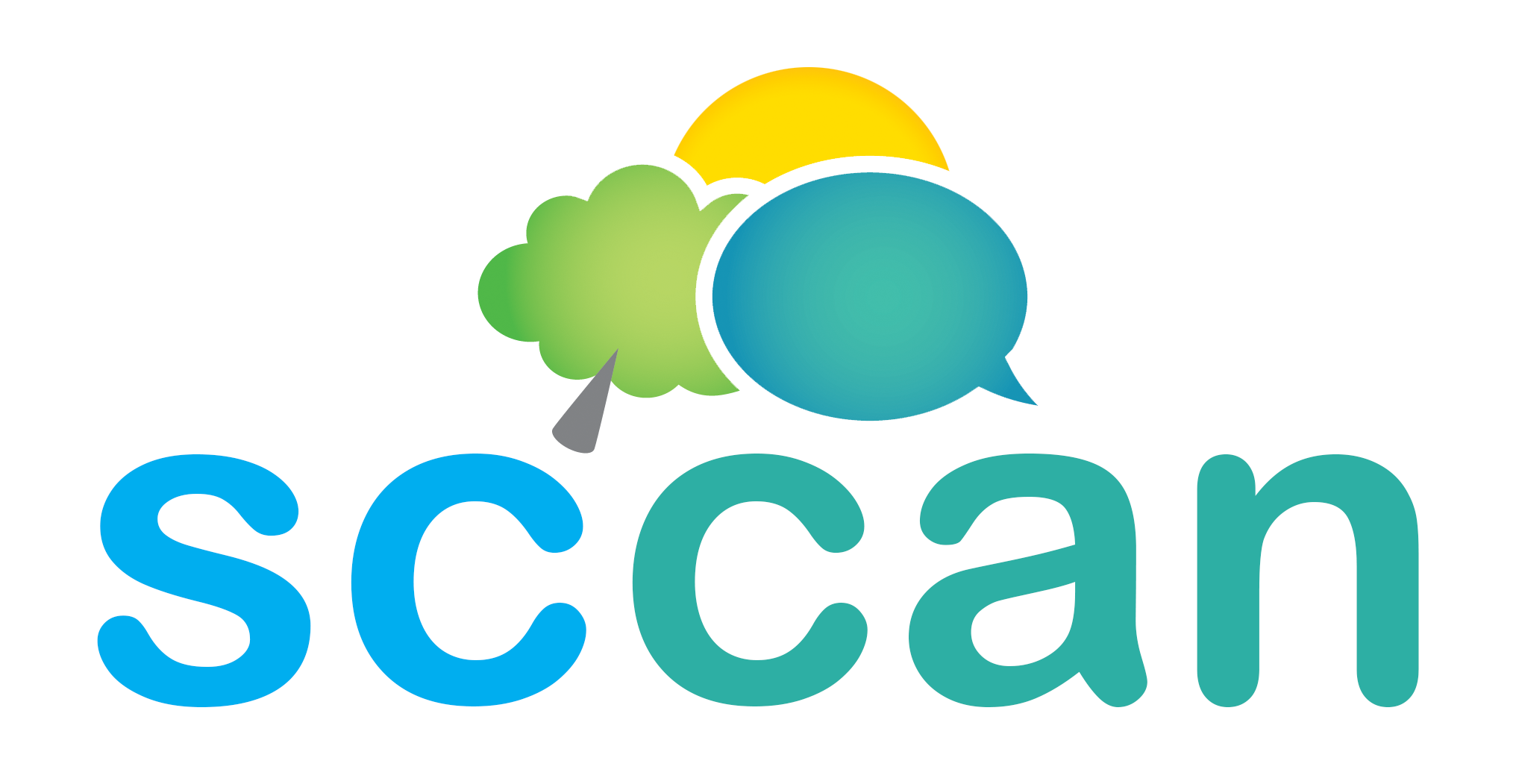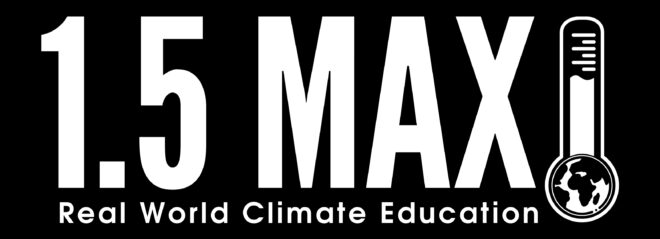On the 22nd of May, 1.5 MAX hosted its 2024 Global Schools’ Climate Summit for young pupils from Scotland, Malawi, Bangladesh and Nepal.
With a focus on real-world climate education, 1.5 MAX provides a valuable opportunity for young people from around the world to meet and get an appreciation of faraway countries and localities. The schools introduce themselves by preparing a short presentation about their local climate/environmental problem, their proposed solutions for it, and their own projects in response to it – how they took action.
1.5 MAX also provides an opportunity for the young pupils to create community learning exchanges while, during the summit, they review the problems of others, and work up their ideas for tackling their problems.
Finally, they get feedback, encouragement for continued efforts and also inspiration from a panel of selected people who work in the climate action and environmental protection sector across different areas.
After hearing so much about the Summit, it was nothing short of a fantastic experience and an honour to be invited to the panel. I was impressed by the commitment and creativity of the pupils and I too learned and appreciated the stories of faraway places. One of the schools I had the pleasure to meet and give feedback on their projects was Karonga Multi Career in Malawi. Located in the Northern region of the country and badly affected by floods, Karonga might well be a place that all we (humans) call home in the distant past. In 2009, the discovery of pre-historic tools and remains of hominids in Karonga provided further proof that the area could be the cradle of humankind. How beautiful and moving it felt to witness a new generation of humans, curious and resourceful, putting their minds and hearts together to protect their homes – and all of our homes.
I logged in from Edinburgh to listen to the stories and ideas of these children and young people. We were together online – some were very close to me, in North Edinburgh, some were far away in Malawi. It was one of these moments in my climate action work and research where I felt much alive, much connected, filled with hope and faith that we might have many more humans between us and an unmeasurable future than between us and the hominids found in Karonga, that we are not close to our end but to a new beginning. Because the more people we get to think, to plan and to find solutions to the climate crisis and environmental degradation locally and then globally, no matter how young and underresourced they might appear, the bigger chances we have of thriving. Really thriving.
In times of despair, doubt, and darkness there will also be times when there’s a light glistering in the distance. When I remember the ideas of the children at the Global Schools’ Climate Summit and their attentive faces, and my small son sketching some mysterious shapes with his crayons sitting next to me, I also remember that on that afternoon, that light was so bright that it had a whole solar system of its own where we all orbited.
by Story Weaver Joana Avi-Lorie
In 2022, SCCAN 1000 Better Stories Collective mini-grants supported the production of a short film showcasing the 2021 Summit created by Lena Sideri.

